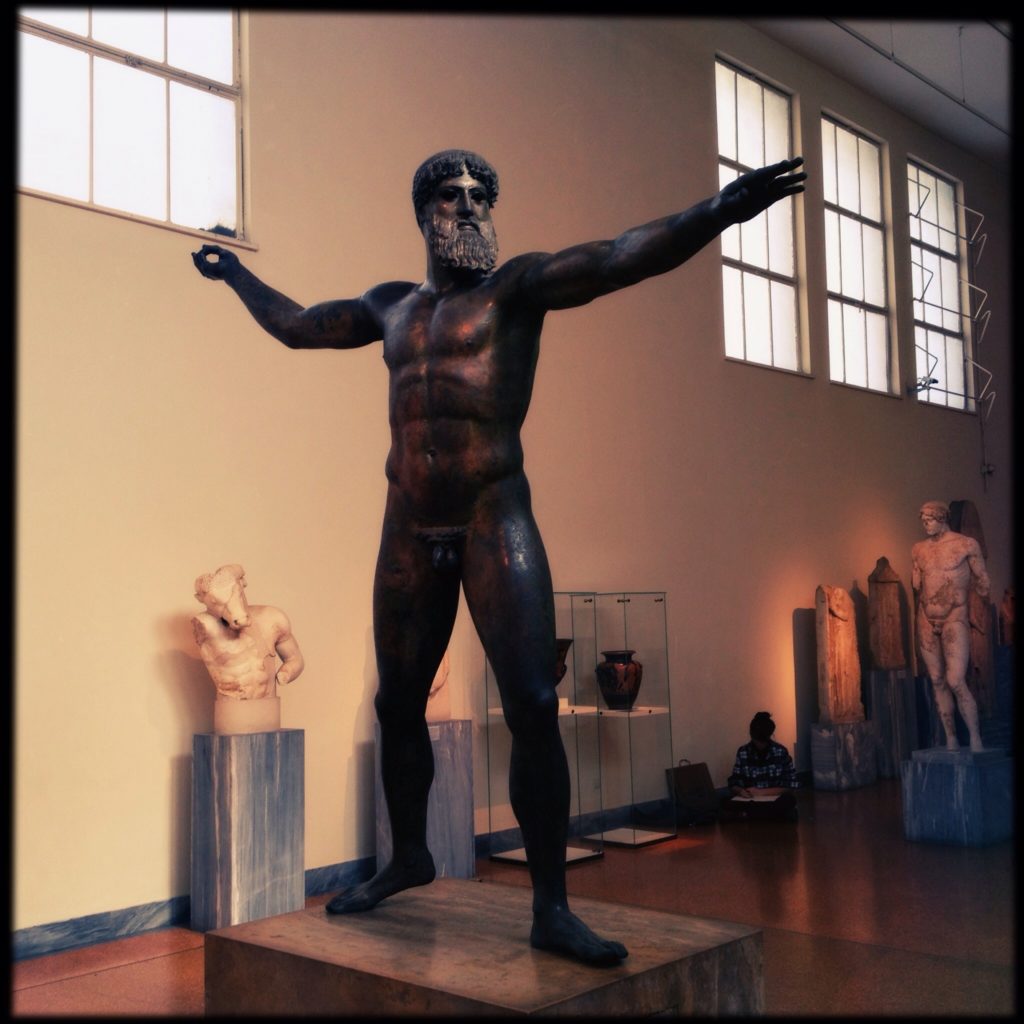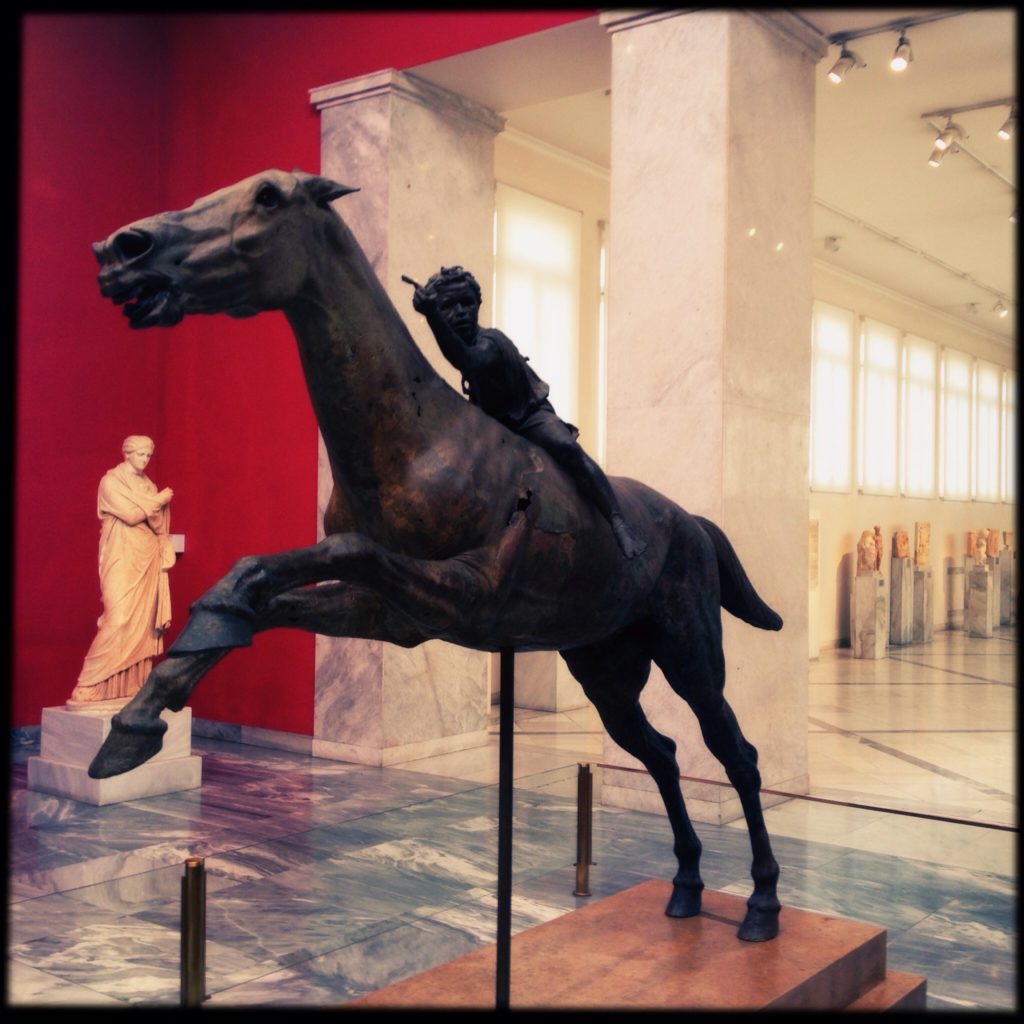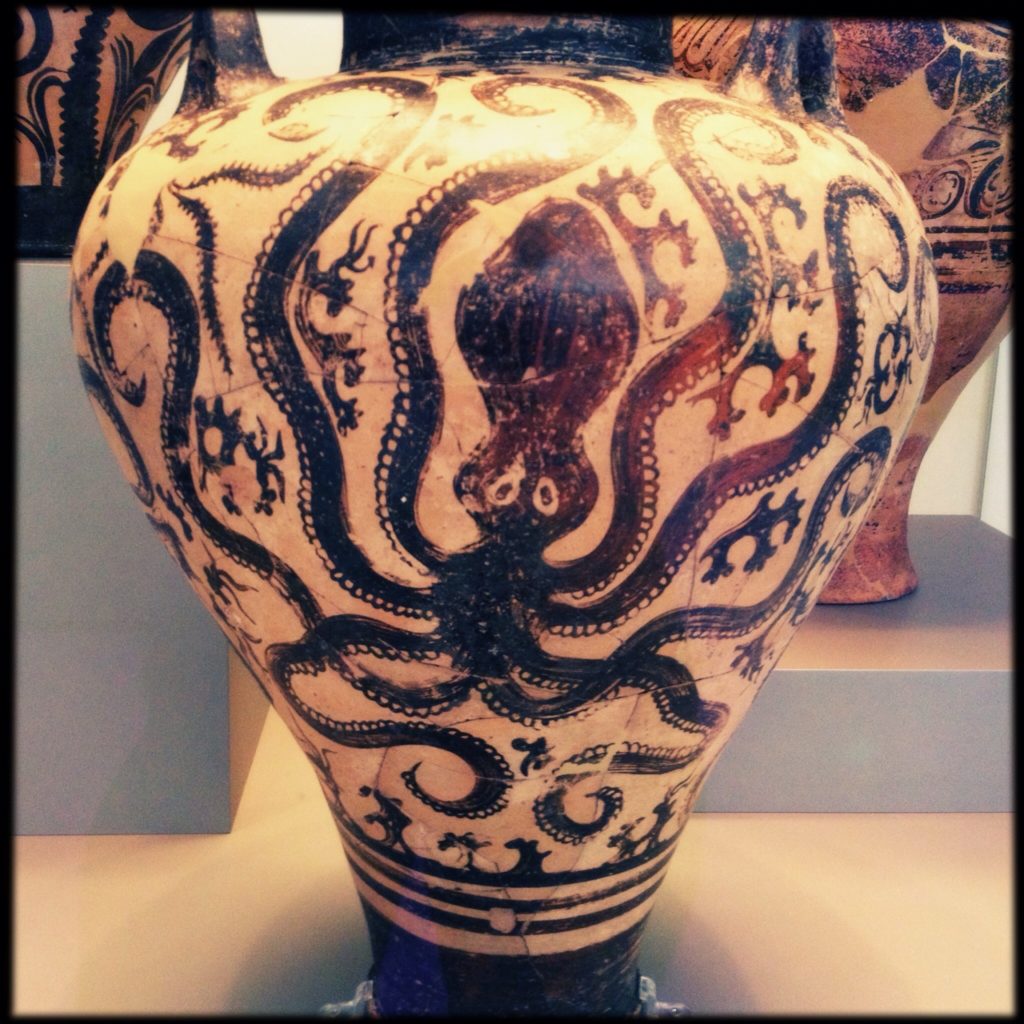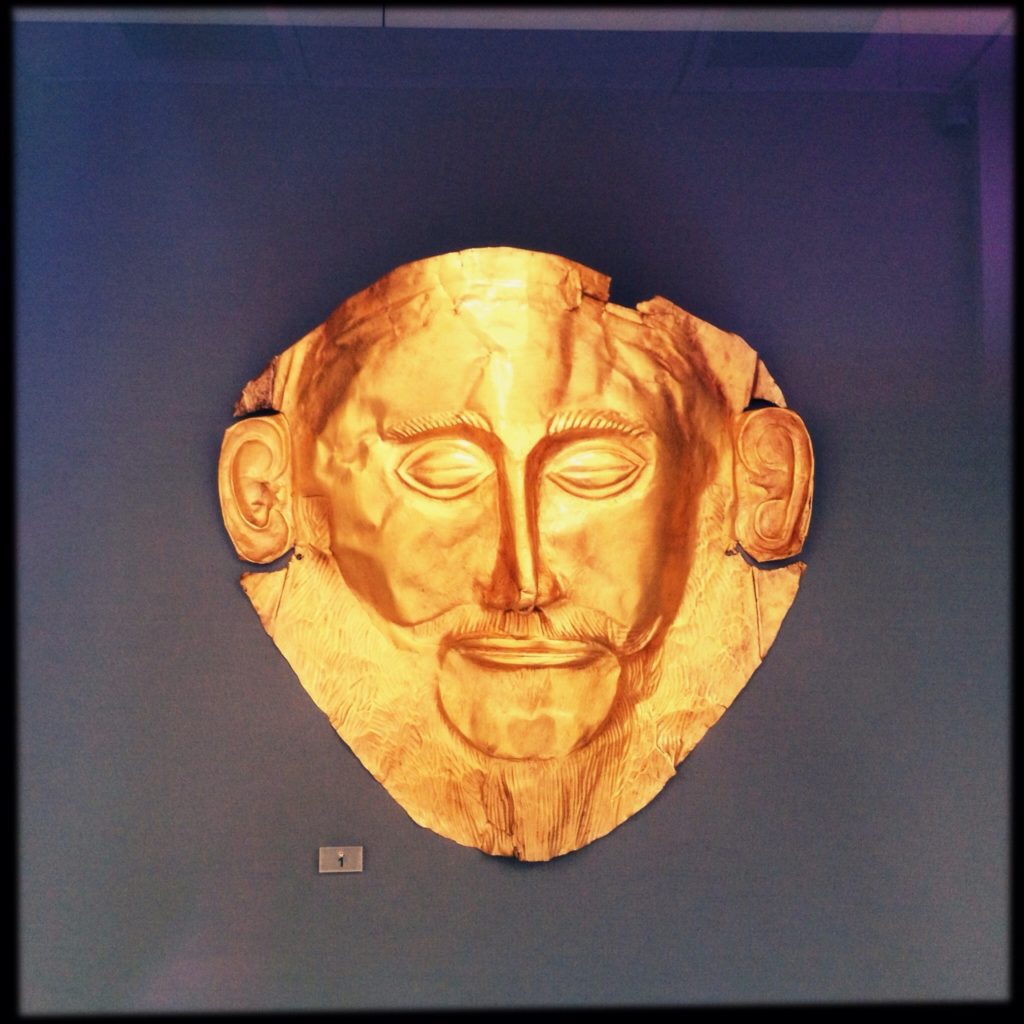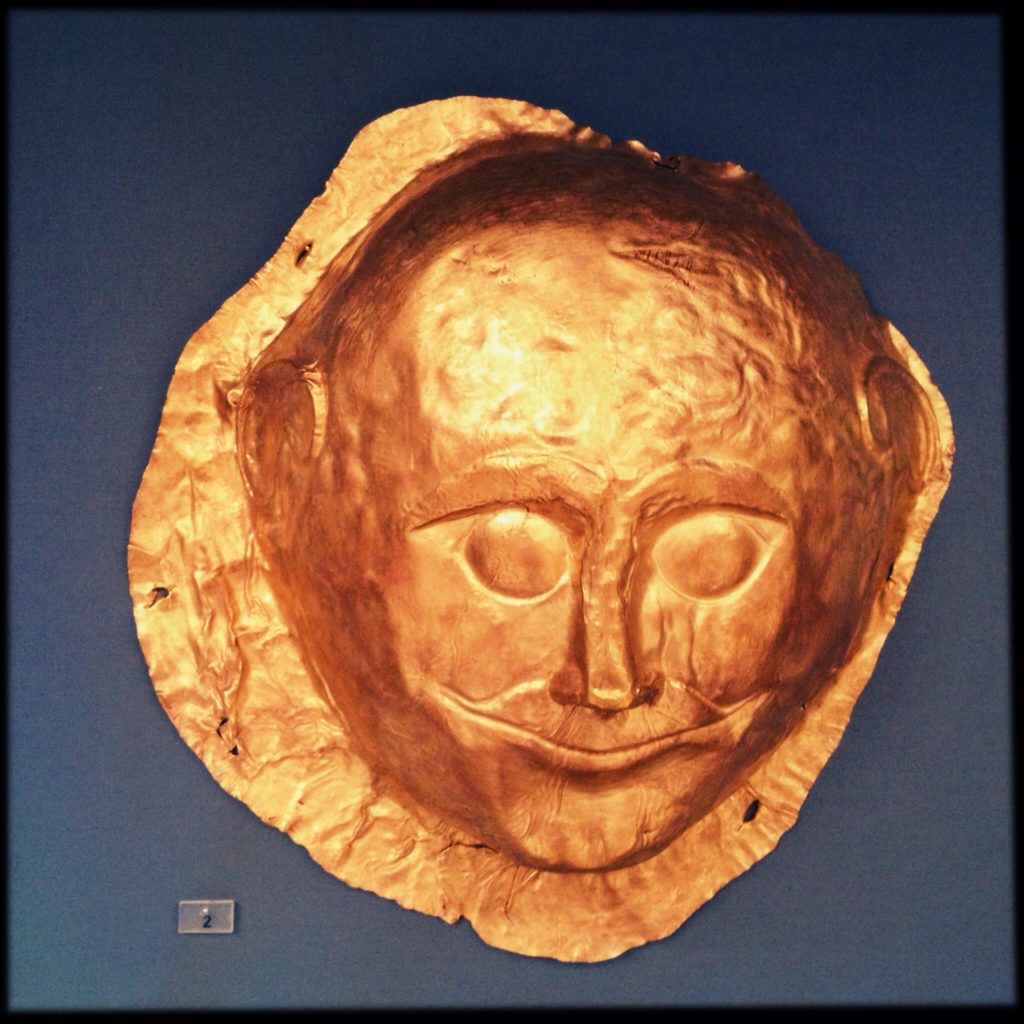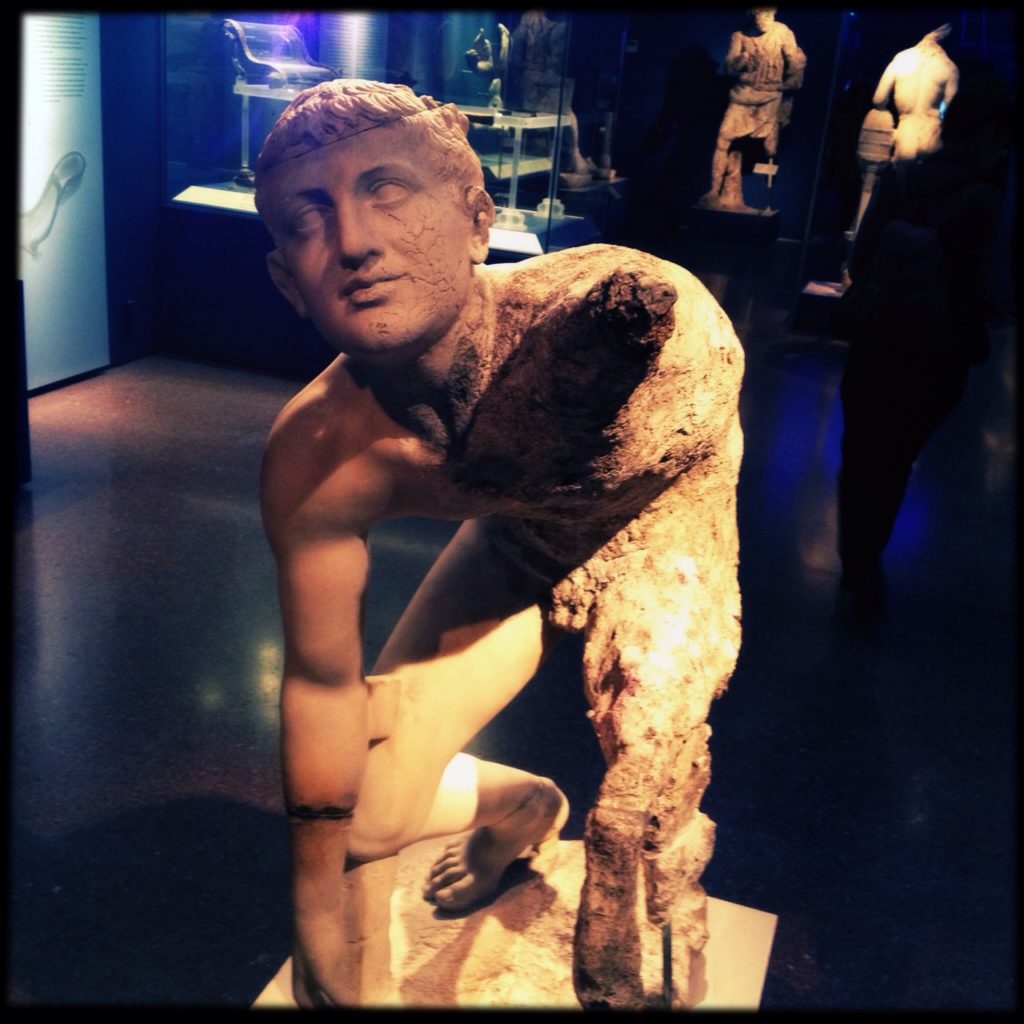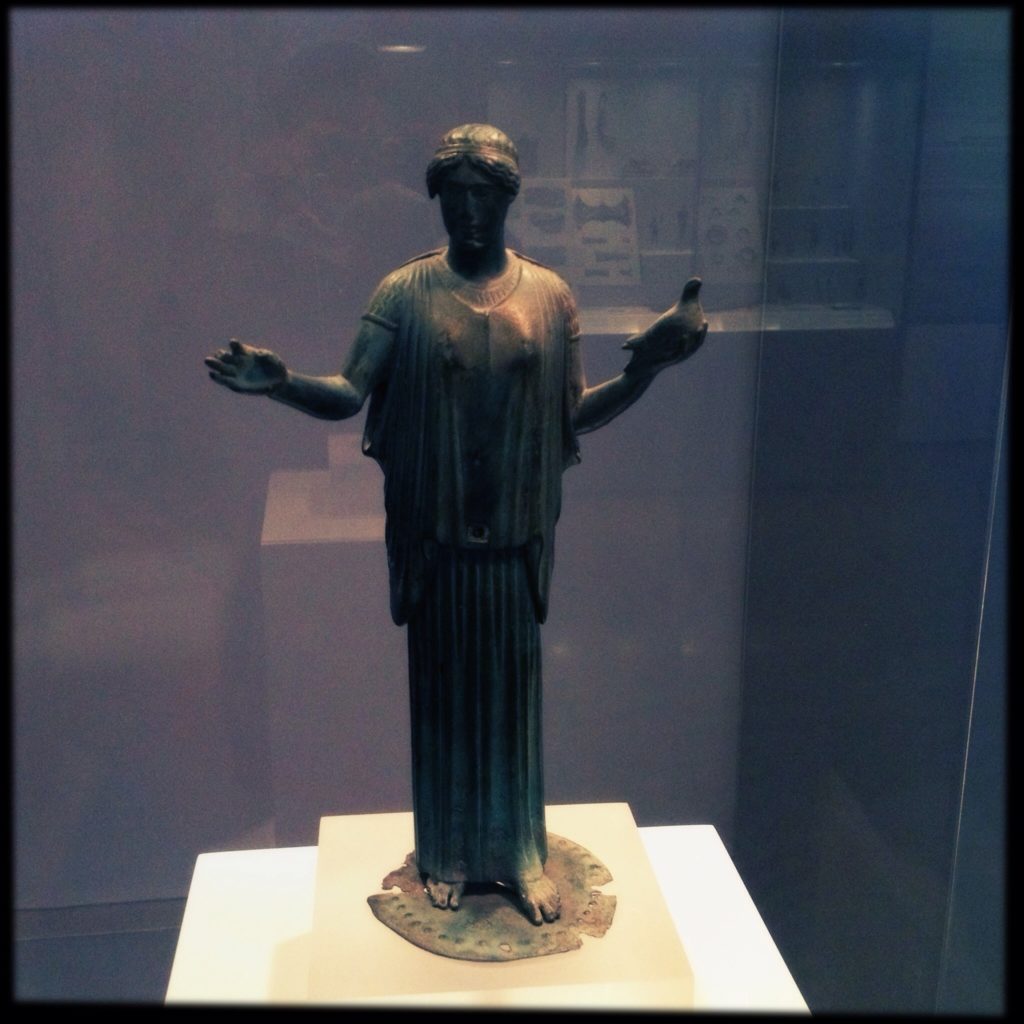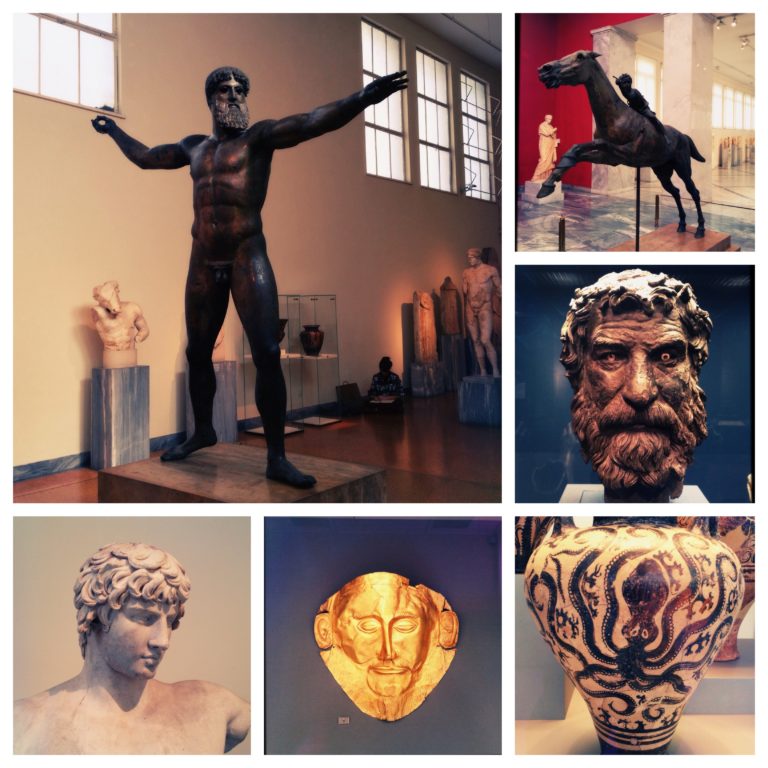
Summary
- The Numismatic museum
- The neoclassical monuments of Athens
|
- The National Archaeological Museum of Athens
Duration : 4 hours
A short walk from Syntagma square we find the Numismatic museum of the city. It was the splendid residence of Heinrich Schliemann, a wealthy businessman of the 19th century, who became a pioneer archaeologist and excavated some of the most amazing and legendary archaeological sites of the Greek world.
Coins are miniature masterpieces, clear indicators of the power of city states, kingdoms, emperors and empires and also symbols of financial and social evolution. They have been part of human history since the 8th century BC and the ancient greeks first transformed them into works of art.
The museum exhibits an amazing collection of coins dated from the 8th century BC to the first coins of modern greek history in the 19th century and of course coins that reflect the impact of the two World Wars on the international and greek economy.
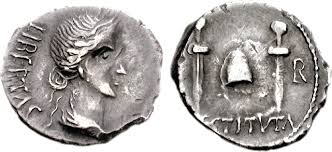
After the completion of the tour (roughly an hour) we start wandering through the neoclassical public buildings of Athens, en route to the next museum. We will walk by the Academy of Athens, the University and the Athens Library.
The National Archaeological Museum of Athens is in reality the National Archaeological museum of Greece since it houses important artefacts from all over the country. It is also the favourite museum of professional guides because together, not only can we admire, study and fall in love with the exhibits but we can also understand ancient greek history, culture and art throughout the centuries.
The prehistoric collection is really impressive covering the neolithic, cycladic and mycenean (late bronze) civilizations. The golden mask of Agamemnon (the leader of the Greeks in the Trojan War) excavated by H. Schlieman stands out as the “iconic” exhibit of the bronze age collection. I am always fascinated by the prehistoric jewellery, palatial frescoes and military equipment buried with the royal families.
The Santorini frescoes that survived the 17th century BC erruption of the volcano, offer us images of the world these wealthy merchants lived in before the devastation destroyed their large and luxurious houses and the city of Akrotiri.
After we complete the tour of prehistory we will face history! The artifacts of the 8th, 7th, 6th century BC hint the glory of the city states, kingdoms, the commercial collonization of the Mediterranean Sea by the Greeks and the need of the wealthy aristocrats to be remembered in eternity by their fancy marble gravestones and funerary statues.

Classical sculpture takes over after a while, so that we can admire my favourite work of art in the museum, the masterpiece of the early 5th century BC, the bronze statue of Zeus or Poseidon.
The exhibit that few people ever forget is the Antikythera Mechanism, discovered in a shipwreck. This was the most unexpected discovery of greek archaeology. The experts believe that this is the first analogue computer ever used to predict astronomical positions and eclipses. This clock-work mechanism would also indicate the time for the Greeks to gather for their most important athletic events, the Olympic games, the Delphi and other games, following the movement of the moon. I always get astonished by the ingenuity of the ancient Greeks.
Hellenistic art is more passionate and exuberant and a great example is the bronze statue of the jockey on horseback also found in a shipwreck.
We will complete our tour of this unique museum with the roman collection of sculptures and will discover the changes that roman mentality brought in society, culture and economy through art.
Map View :


